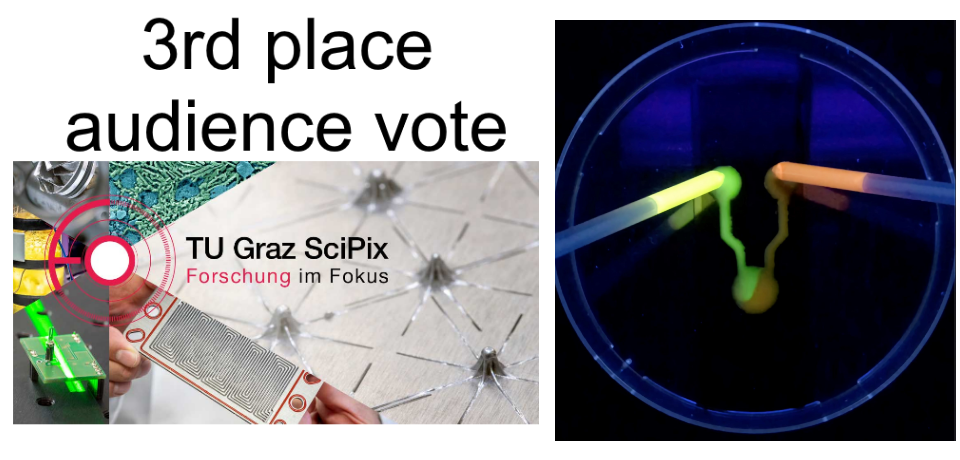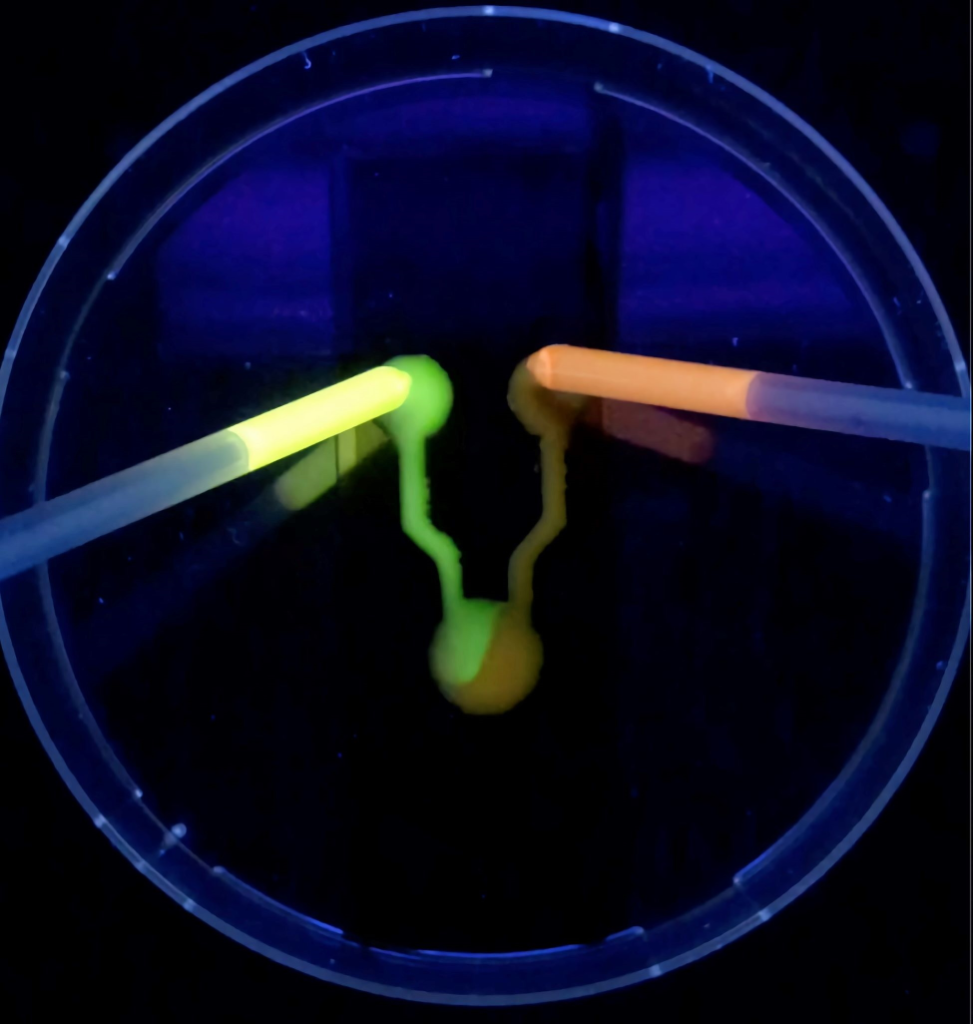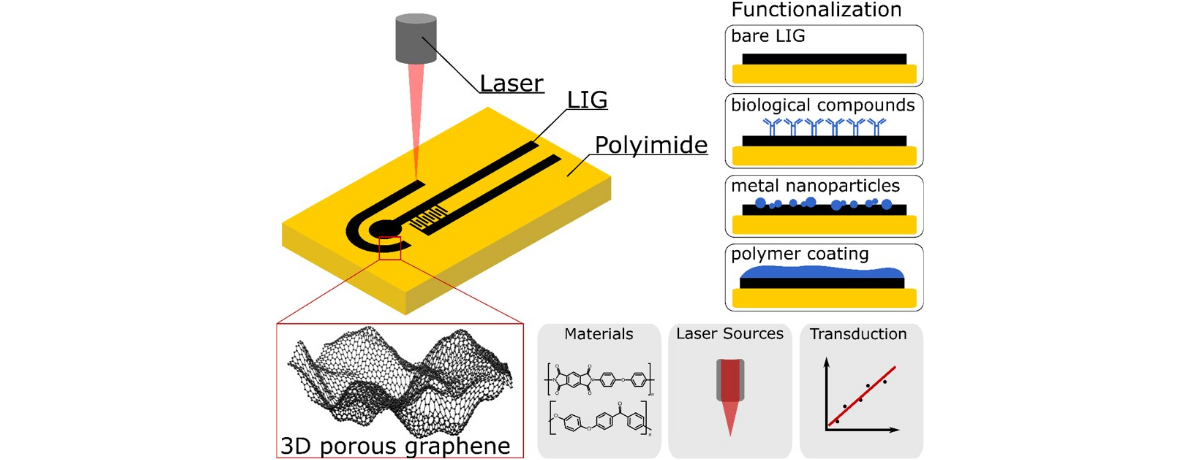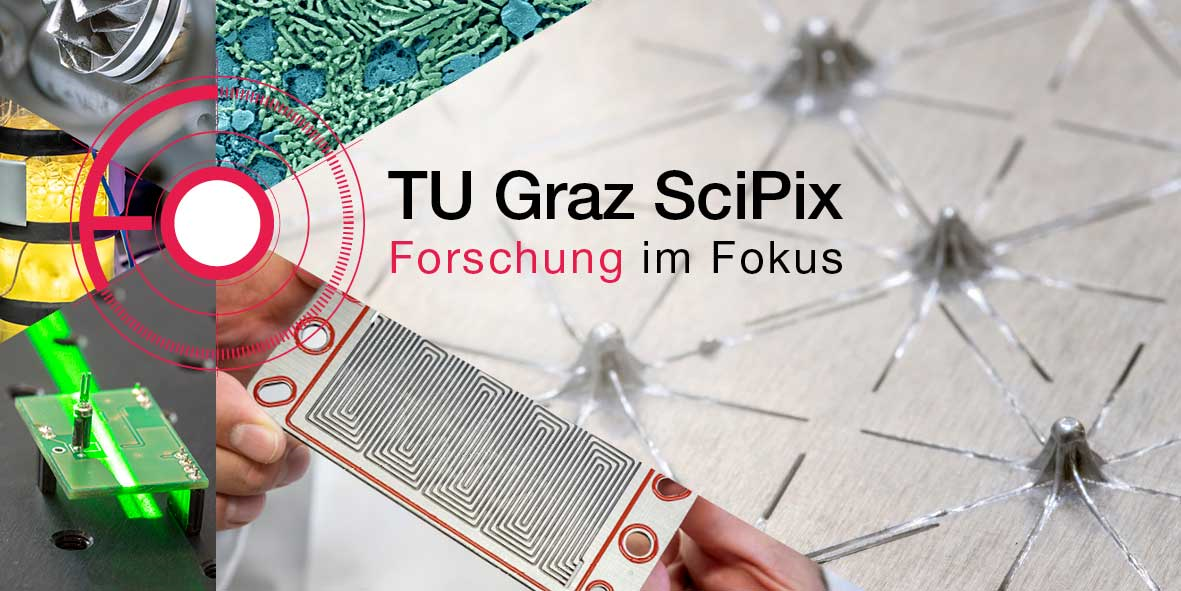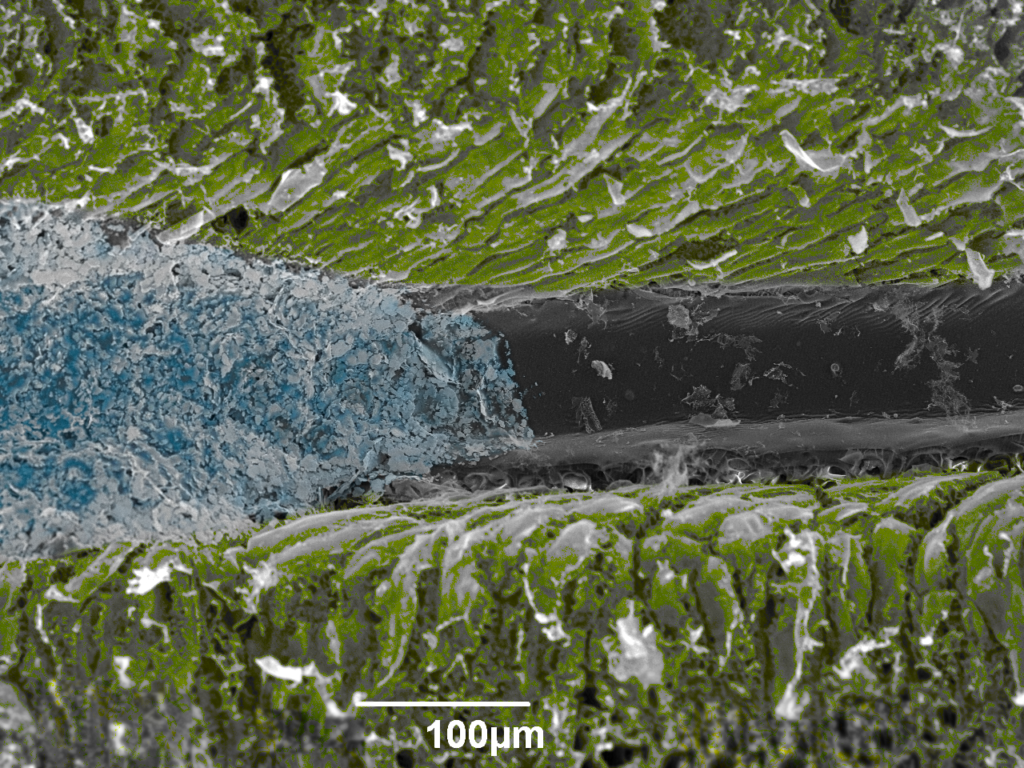LAMPSe was invited to contribute a chapter to the book “Nanoporous Carbons for Soft and Flexible Energy Devices“.
The chapter with the name “Laser-Induced Graphene and Its Applications in Soft (Bio)Sensors” features an overview from formation of LIG, properties to the application in soft (bio)sensors.
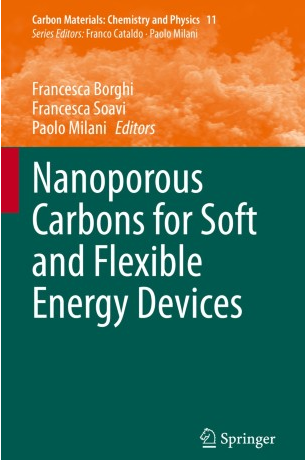
Abstract
In recent years the technological importance of graphene increased significantly also in the field of soft, flexible and wearable electronics. In this chapter a simple one step process to create 3D porous graphene structures into flexible polymer films is highlighted. By laser scribing polymer precursor substrates with commercially available laser scribing setups the polymer is converted into so-called Laser-Induced Graphene (LIG) via a photothermal conversion. The properties of this material and the influence of different processing parameters on its composition and structure are introduced. Different transfer methods for stretchable applications are discussed. Three main application fields of LIG for soft (bio)sensors are identified: piezoresistive, electrophysiological and electrochemical sensors. Each of the application fields is highlighted more in detail and an overview of recent publications is given. Concluding with an outlook on the future of LIG – including improvement of patterning resolution and the use of renewable, bio-derived precursors – this chapter provides a broad overview of LIG for soft and flexible sensor devices.


